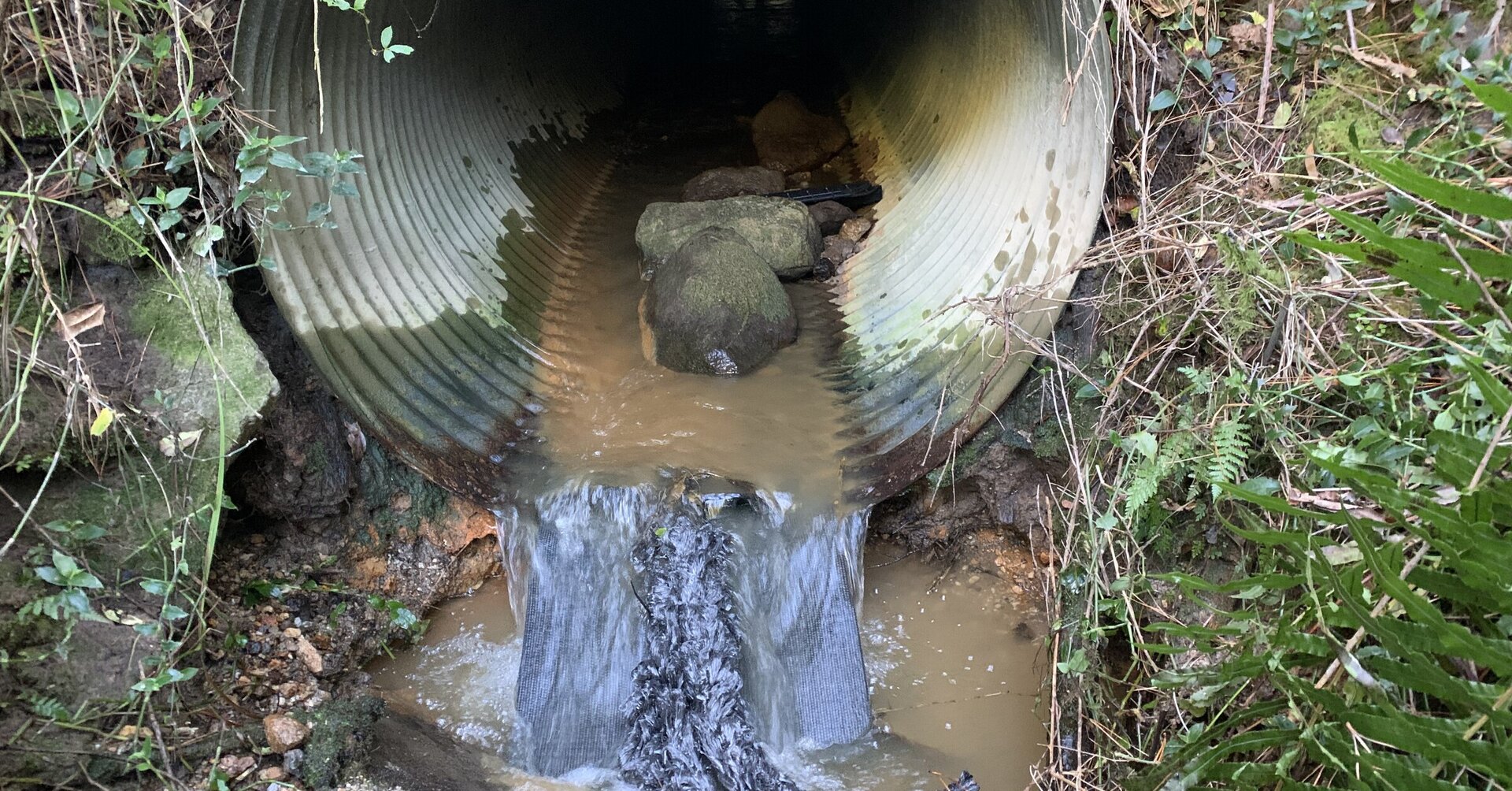Fish Passage Update
Tom Anderson
Wai Kōkopu Restoration Manager
Over the last few months a joint effort between Wai Kōkopu, Bay of Plenty Regional Council and ATS Environmental has been improving fish passage – the ability of fish to migrate up and downstream – throughout the Little Waihī catchment.
Our streams have more native species in them than you might think. Surveys have found at least 10 species of native fish including the threatened banded, giant and shortjaw kōkopu, inanga, bullies and torrent fish, are living in the catchment. However, these species are almost certainly found in lower densities these days as wetland clearance, river straightening and culvert installation have greatly reduced the habitat available to them.
Most of these species are migratory and need to return to and from the sea to complete their lifecycles. Some require access a long way upstream to reach suitable habitat, as they migrate from the sea through lowlands and up to fast-flowing, forested streams in the hills.
Structures like culverts, weirs and dams can all prevent fish moving upstream. Unfortunately, the incorrect installation of culverts often cuts fish off from significant habitat. Although many native fish are good climbers, overhanging culverts are impassable. Long, undersized culverts (where water is forced quickly through the culvert) also prevents fish from moving through, as they have no rest pools inside the culvert to ‘catch their breath’.
Despite these challenges, many culverts can be remediated with low-cost solutions that allow fish to move through and continue upstream. ATS Environmental has developed novel solutions using rubber ramps, “flexi-baffles” and mussel rope, which are installed inside culverts to give fish the rest pools and varied flows they need to move through a culvert successfully. These solutions flex and bend with water flow and don’t affect a culvert’s function yet instantly provide ecological benefits by allowing fish to move further upstream. Many of our species are pretty awesome climbers - even when there is a significant drop off the end of a culvert. A rubber ramp drilled into the end of the culvert can give climbing species enough traction to overcome the obstacle, and wriggle vertically up the ramp.
Since February 2023, BOPRC technicians, Wai Kōkopu employees and ATS Environmental employees have assessed 356 structures and identified 109 culverts and dams throughout the catchment that are barriers. Remediation work over the last few months by Tom (Wai Kōkopu) and Jimmy and Charl (ATS) has fixed 57 of these barriers (and counting). This work has only focused on streams upstream of SH2 as the lower catchment drains are all isolated from main rivers by pump stations.
It has been challenging work, with weeks of rain causing delays but it has been really rewarding to significantly improve fish access to habitat. We have found that at times, a ‘perched’ culvert may block access to up to 4km of habitat upstream. It is great to be able to spend just an hour or two fixing a culvert and give large sections of streams the chance to repopulate, particularly where restoration of wetlands and stream banks over the last few years has created better habitat for these rare taonga species.
We are sure this work has taken us a step closer to Wai Kōkopu’s measurement of success: “when the kōkopu are flourishing from the sea to the mountains and our estuary is rich with giant pīpī again, we will then know the Waihī Estuary is returning to good health.”



